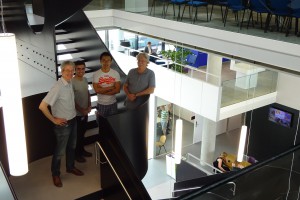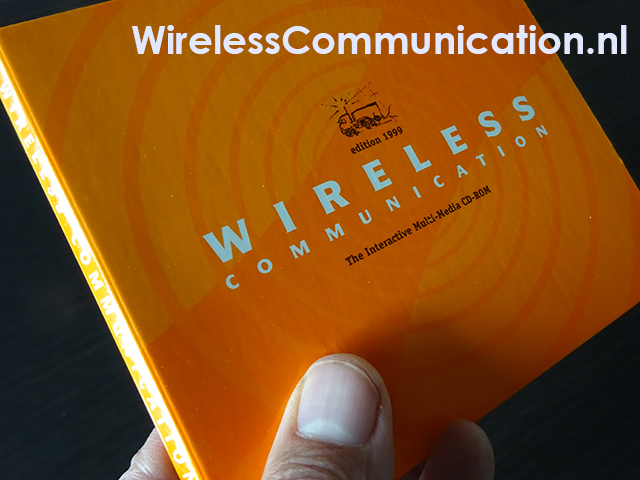Human Centric Lighting in Lighting Control Systems
The Dutch funding agency STW has approved the ILI project proposal Optilight. This project will strengthen the cooperation between various Lighting-oriented groups at TU/e. At the moment the project is searching PhD candidates who are interesting in mathematical optimization for human centric lighting.
From experiments to theory to algorithms
The project aims to make lighting control systems more centered towards the human user. This requires not only better insights in how humans experience light but also demands quantified models and optimization algorithms that are executed by automated lighting control systems. Despite the growing scientific understanding of the impact of light on, for instance, wellbeing, performance, circadian rhythms and sleep, benefits of this understanding cannot (yet) easily be harvested in practical systems. We lack scalable algorithms that can be used in automated systems and that can be deployed in different environments without extensive tuning by experienced lighting experts. Scalability towards broad deployment is a key sub goal of this project.
Humans want to experience light as a natural given. Having to adjust the light setting regularly is not attractive. Moreover, people are usually not aware of the longer-term effects of light so they don’t not necessarily select the optimal light setting. On the other hand, automatic controls often fail to offer a comfortable and unobtrusive natural experience and even tend to irritate people. Hence, there exists a huge gap between results obtained in controlled environments and practical deployment.
Capturing human perception in mathematical models
Although control theory and optimizations using statistical signal processing are well established areas, to date they not widely used for lighting control. Yet, in audio and video processing and in gaming, models on human factors are successfully being used by automated systems. Hence the team is confident that better models human on experience and perception can improve automatic control systems. However, it is not straightforward to capture human experience in equations. We believe that an important step is to better quantify the reliability of such expressions and to take this into account in probabilistic algorithms.
Cooperation
This project will bring together experts from Electrical Engineering, Architecture and Human Technology Interaction. Prof. Jean-Paul Linnartz of the Signal Processing and Systems group at EE will lead the overall project. PhD student in his team will apply proposed models of human experience to allow automated optimizations. Prof. Alexander Rosemann and his team studying the Built Environment (Architecture) will analyze data collected in real environments and compare this to data from fully controlled situations. Prof. Yvonne de Kort and Dr. Ingrid Vogels bring in expertise on the impact of light on human functioning and visual experience and comfort. Dr. Tanir Ozcelebi of System Architecture and Networking group in Computer Sciences brings in his expertise on programming intelligent and learning behaviour of smart space applications.
Contact: Prof. Jean-Paul Linnartz
j.p.linnartz (at) tue.nl

